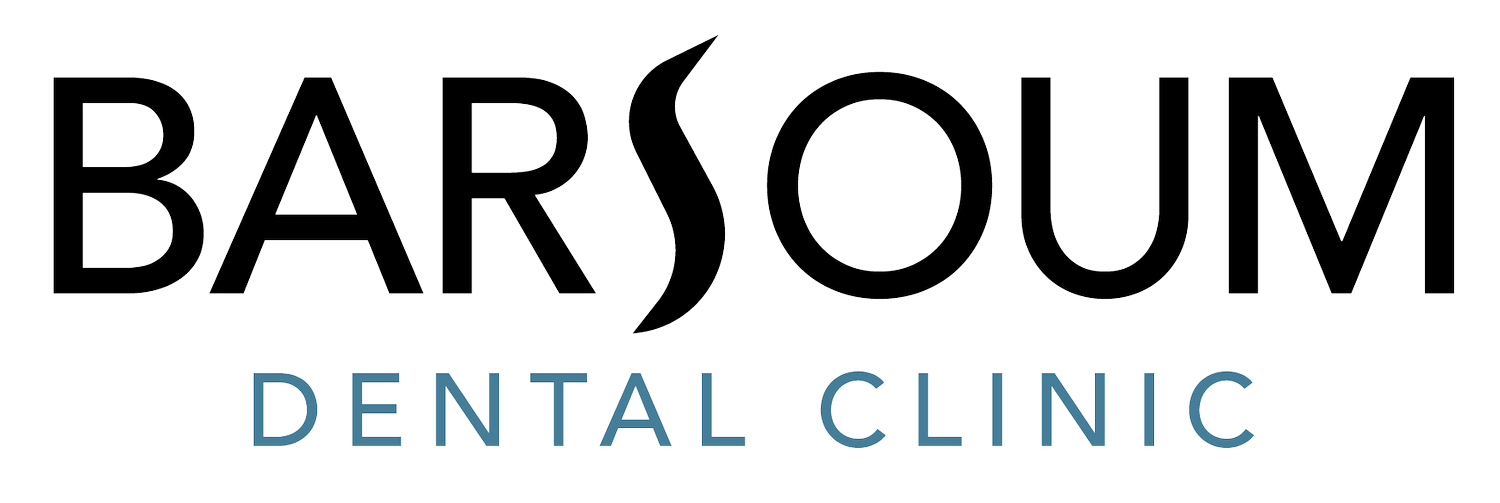Dental Implants FAQ
One of the main tenets of dentistry is the restoration of a patient to optimal form, function, and esthetics. In the history of the profession, few advancements have facilitated dentists in this pursuit more than the advent of the dental implant.¹
Since their discovery by Prof. Brånemark in 1952, dental implants have been struttingly studied and re-designed for their modern day application. For dental implants to be successfully used in the replacement of natural dentition, they need a minimum horizontal and vertical dimension of bone to protect the implant and allow its long term serviceability.
What happens after a tooth is removed?
After a tooth is removed, the investing structures: Bone and Soft tissue - are no longer needed by the jaw and are rapidly resorbed. Infact about 50% of the bone is lost in the first 12 months, and 2/3rd happens in the first 3 months.
When are Dental Implants installed?
Implant installation is often placed 3 months after a tooth is removed, to allow for complete healing of the extraction site. At times if there is ample bone around an existing tooth, the clinician may prescribe removing the tooth and placing the implant at the same day, but in very specific cases.
How does Bone grafting work?
Depending on the clinical presentation and analysis after reviewing the 3-D radiograph. Bone grafting maybe done simultaneously with implant placement and the healing time is 4 months. If the bone grafting is staged first before implant placement, a healing period of 6-9 months maybe necessary.
What kind of Full mouth solutions do you offer?
There are 2 main options for replacement of all dentition: A fixed appliance or a removable appliance. A fixed appliance as the name implies cannot be removed by the patient and relies on a minimum of 6 implant fixtures to be installed. The removable appliance, can be removed by the patient and relies on 2-4 implants for serviceability.
Are home care instructions different for implants than natural teeth?
Implants should be treated as teeth: Brushing, flossing and a 3-6 month regular dental hygiene appointment is necessary for maintenance of the implants.
Carl E. Misch - Avoiding Complications in Oral Implantology, Textbook.
L. Schropp, A. Wenzel, L. Kostopoulos, and T. Karring, “Bone healing and soft tissue contour changes following singletooth extraction: a clinical and radiographic 12-month prospective study,” International Journal of Periodontics and Restorative Dentistry, vol. 23, no. 4, pp. 313–323, 2003
Informational Video from Chairside, for more information please visit their YouTube profile.

